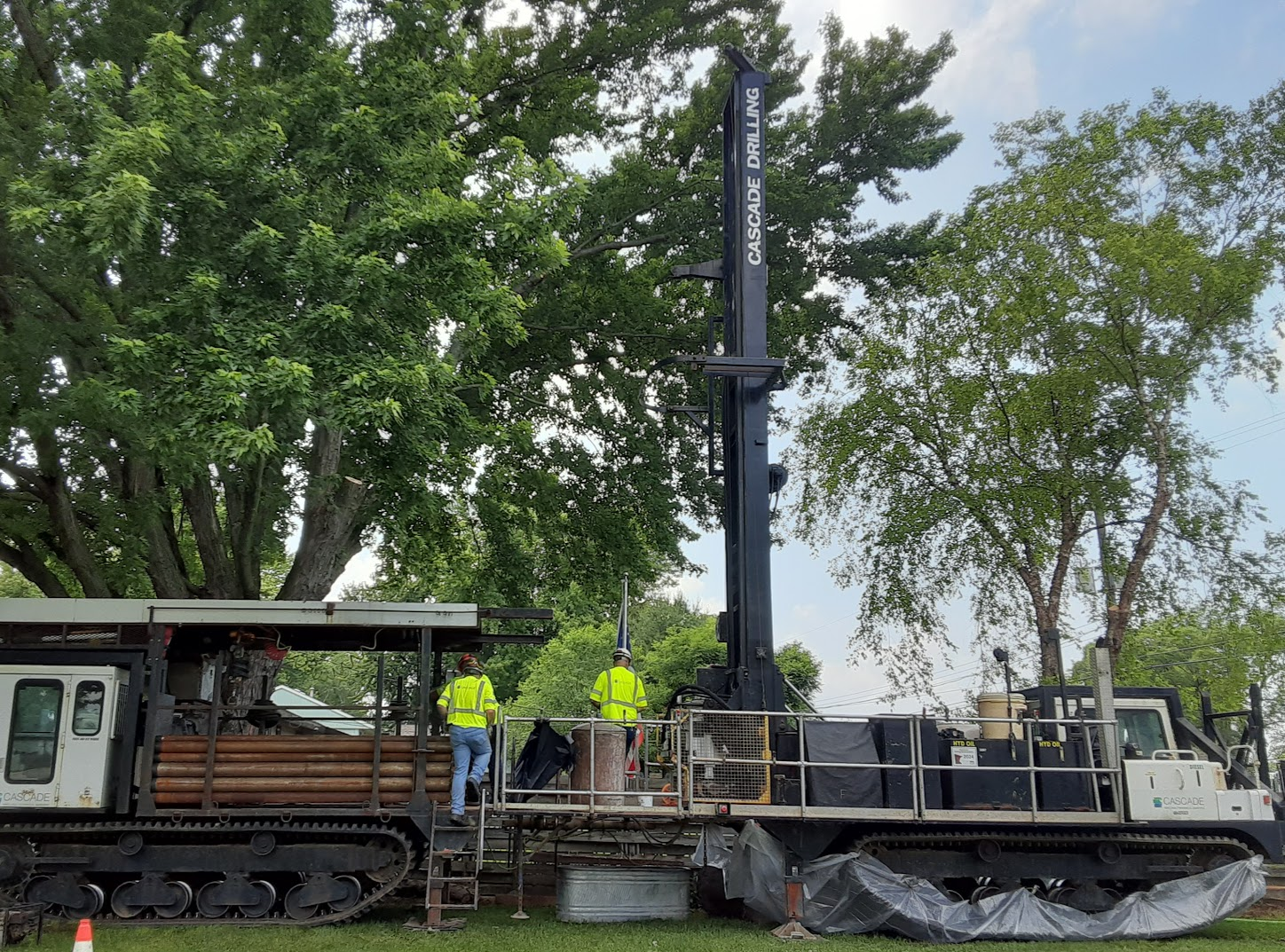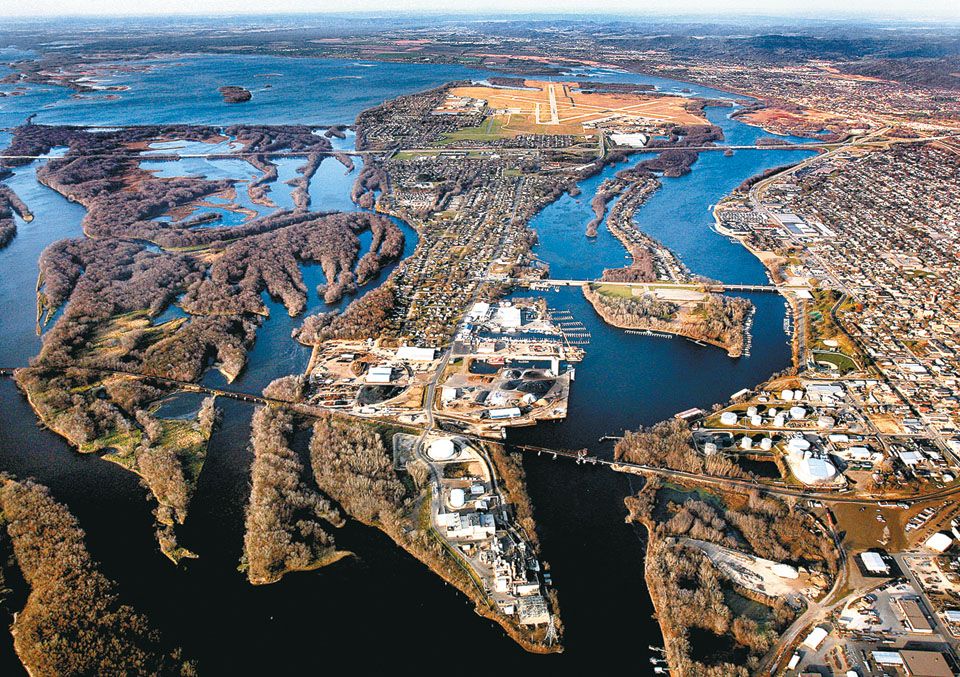For more than three years, the state of Wisconsin has been providing bottled water to about 1,500 households in the Town of Campbell on French Island because their wells are contaminated with PFAS chemicals.
But now, community officials and scientists are exploring a potential source of clean drinking water: the deep Mount Simon aquifer, which stretches across much of Wisconsin.
This month, researchers began drilling wells to determine the risk of PFAS contamination and spread in this deep water source.
Stay informed on the latest news
Sign up for WPR’s email newsletter.
If the aquifer continues to be free of the so-called forever chemicals, Lee Donahue, a Town of Campbell supervisor, says drilling for the new municipal water source could happen in the next three months.
Donahue recently appeared on WPR’s “Wisconsin Today” to discuss the project and PFAS cleanup funding.
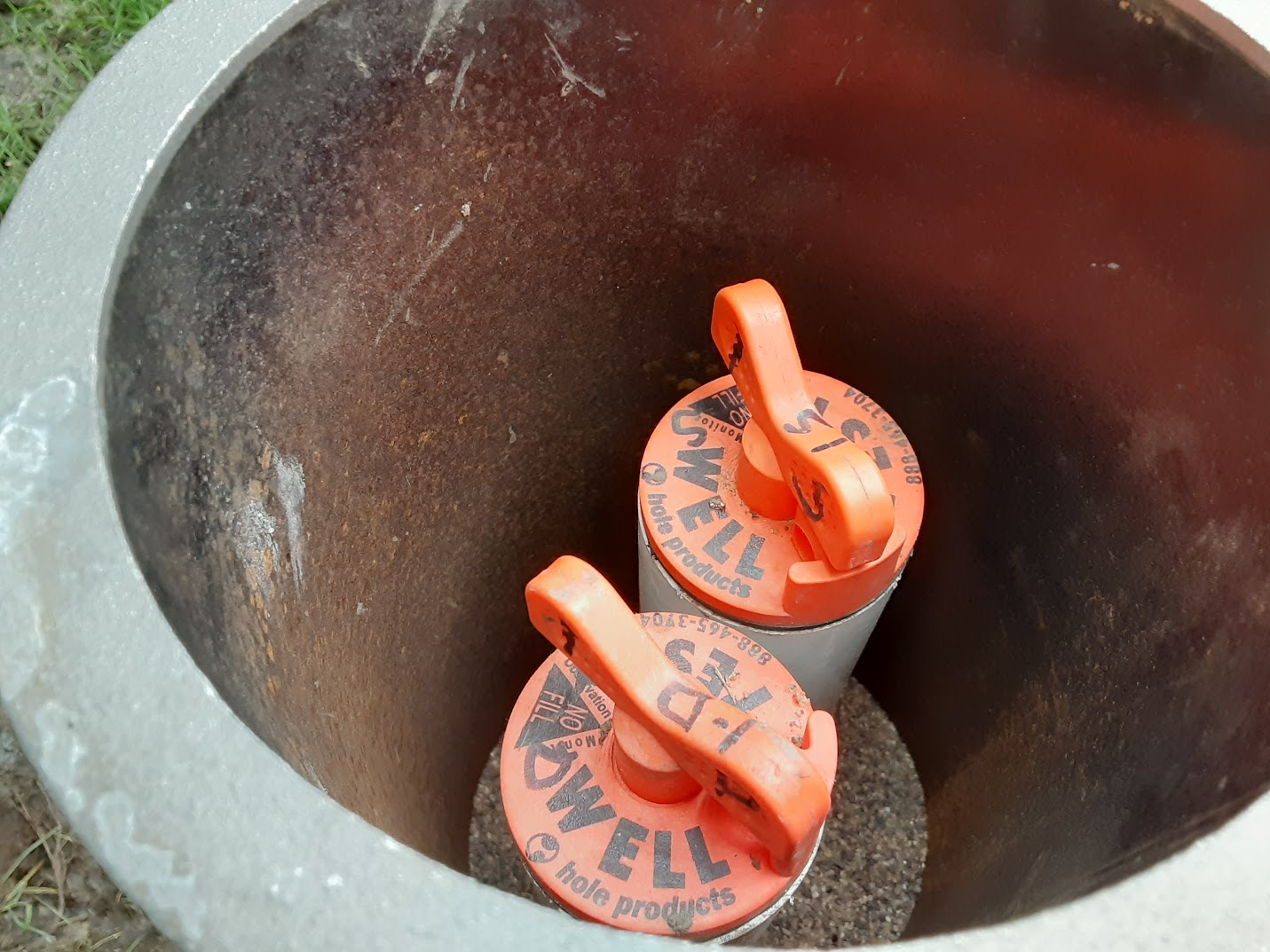
The following was edited for clarity and brevity.
Rob Ferrett: There is a team drilling three different wells ranging in depths of 85 to 400 feet in your community. Talk about the current status of these wells. What are they looking for here?
Lee Donahue: Last year in February, the Town of Campbell actually drilled the test well 500 feet into the Mount Simon aquifer and we tested extensively at that time. We knew that it was PFAS-free.
This research team from the University of Wisconsin-Madison, along with United States Geological Survey and Wisconsin Geological Survey, is doing research to investigate the characteristics of the rock layer that lies between the contaminated upper aquifer and the deep non contaminated aquifer.
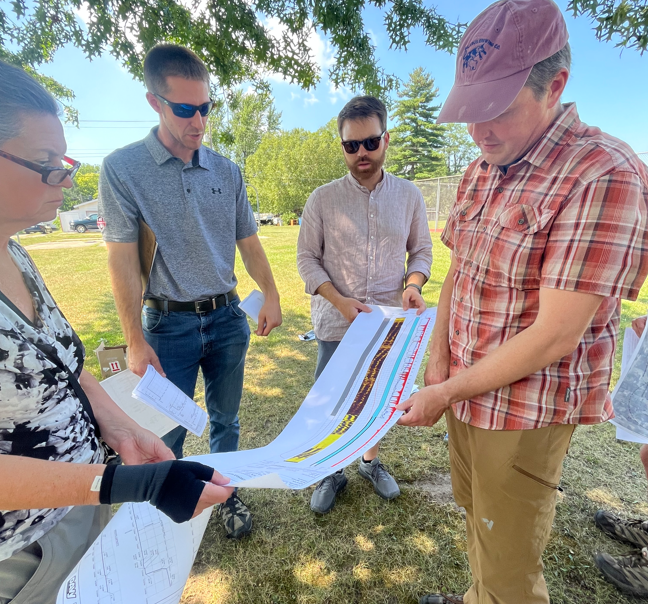
These three new monitoring wells will allow us to sample at levels of 400 feet, roughly 200 feet and 80 feet to see how the PFAS plume in the upper aquifer is moving and migrating to make certain that nothing is getting through that barrier of rock.
The hope is that the PFAS chemicals aren’t seeping down into that lower aquifer. The worry is, of course, that it might be.
RF: If the aquifer continues to be PFAS-free and the plume isn’t spreading, when could this aquifer become the source of water for the Town of Campbell?
LD: We drilled the test well last year and now we expect to drill a municipal well within the next three months. After we continue to make certain that the aquifer is truly PFAS-free, we’ll start building out our municipal system from there.
RF: What is the expense of building a new municipal water source?
LD: It’s roughly $200,000 to develop this well. And something that folks need to know is that there are other contaminants in this deep aquifer that need to be filtered such as iron, manganese and radium. Those contaminants are so much less expensive to filter in comparison to PFAS. It’s much, much less expensive.
We don’t want folks trying to poke a lot of holes 500 feet in their backyard, thinking they will be able to tap into the aquifer and turn on their faucet and have safe water.
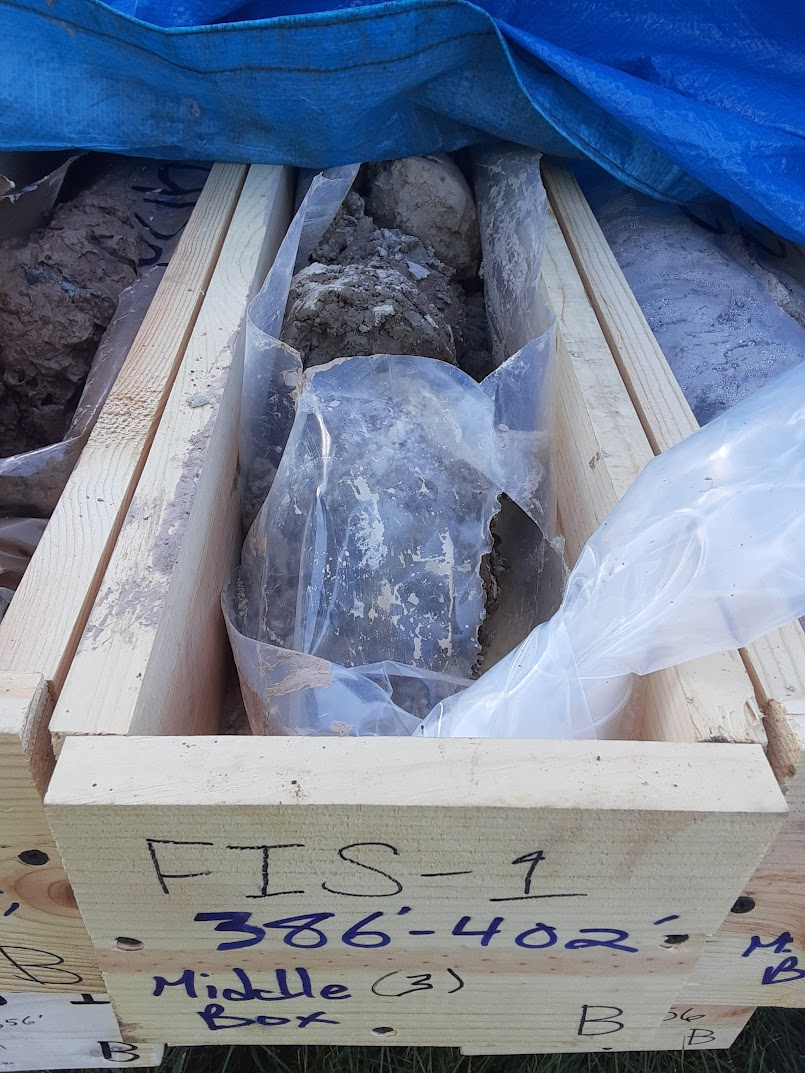
RF: When are you going to see the results from this test drilling?
LD: We anticipate doing sampling within the next 30 days. And generally speaking, it’s about a 30-day turnaround with the Wisconsin State Laboratory of Hygiene in Madison.
RF: Gov. Tony Evers signed the PFAS Trust Fund in July as part of the state’s two-year spending plan. But disagreement between the governor and Republicans in the state Legislature on how the money is regulated and enforced has led to holds on funds being released. Were you looking at these funds as a potential pool of money for the deeper well or other solutions?
LD: Absolutely. I think every PFAS-contaminated community in the state is looking toward that trust fund as a source of at least partial funding.
I want to point out that there is already a mechanism that was approved years ago and that is the Safe Drinking Water loan program. The Department of Natural Resources already has a mechanism of how they authorize and prioritize communities for water loans based upon nitrates or other emerging contaminants.
So really, the mechanism already exists. It’s just a matter of the Joint Finance Committee authorizing that mechanism, which is tried and true, to be applied in this case.
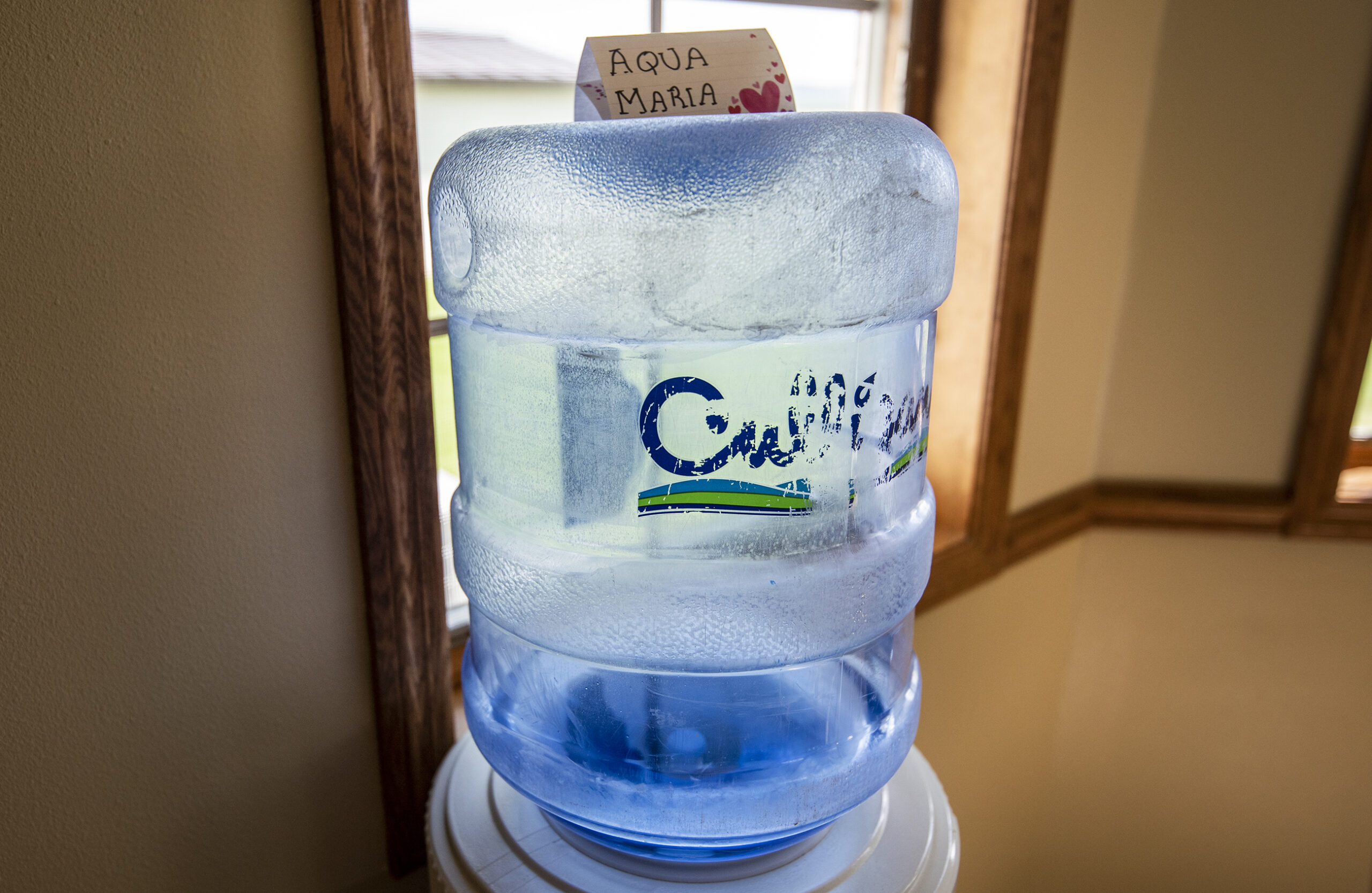
RF: The Department of Natural Resources has been supplying bottled water to about 1,500 households for more than three years. What is it like for people having to use bottled water for just about everything?
LD: Imagine manipulating big, heavy five gallon jugs that have to be in a climate controlled area, otherwise they’ll freeze and break during the winter. Imagine having to physically manipulate this heavy thing for all of your drinking and your cooking and watering your pets.
Folks here don’t garden for the most part in their backyard anymore, simply because we know that that shallow aquifer is contaminated.
RF: Are you optimistic there might be some light at the end of the tunnel with the new aquifer?
LD: I do believe that not only will we see a municipal water system in the next handful of years, but in my lifetime and my neighbor’s lifetimes, they’ll be able to reach over to their tap and turn it on and actually put a glass underneath it and be able to safely drink it again.
Wisconsin Public Radio, © Copyright 2024, Board of Regents of the University of Wisconsin System and Wisconsin Educational Communications Board.

